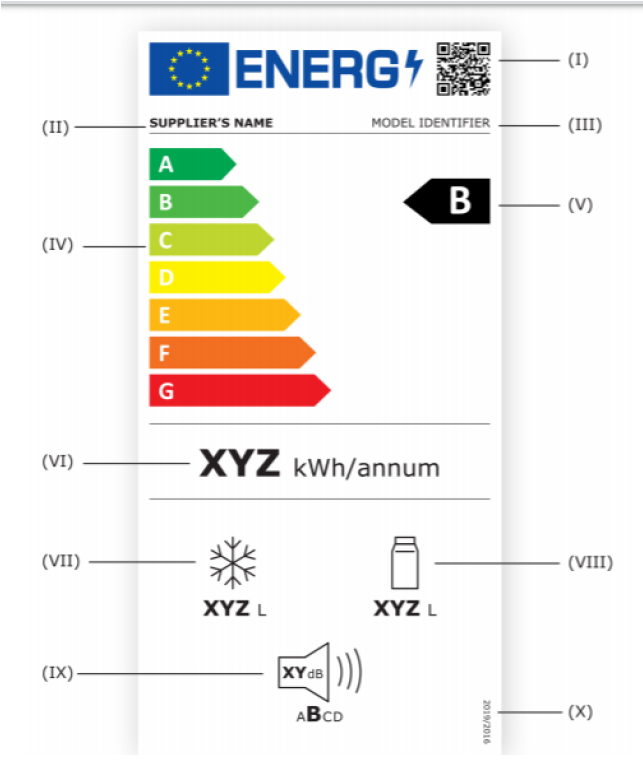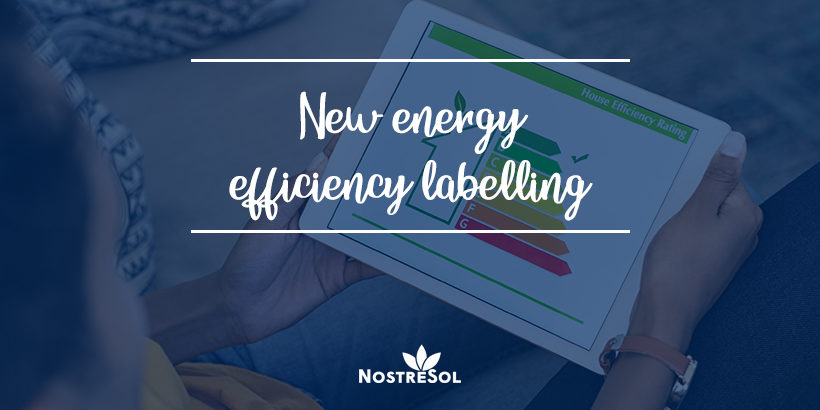It has been 25 years since the European Union’s energy efficiency labelling (EES) was created. However, as technology has evolved, the information on the label has also changed. Below we will see what new features the new label brings, but if you want to know how you can be more energy efficient in your home, do not hesitate to visit these posts on our blog: Energy saving with sustainable self-consumption; How to be more energy efficient?
What is the energy efficiency label for?
In case there is anyone who does not yet know what it is for, we indicate that this energy rating scale represents how much energy different appliances use to do the same job. It is made up of seven correlative letters; from A to G, with A being the best grade and G the worst. Energy efficiency labelling can be found on different types of products, but normally the one that will be most interesting for your home’s consumption will be its use in household appliances.
What makes it different from the previous one?
- A uniform A-G scale is used for all products.
- A QR code is placed in the top right-hand corner of the label, which will provide a direct link to the European Commission’s label database (EPREL), helping transparency and facilitating market surveillance for national authorities.
- The energy consumption of the product is presented in a more prominent and uniform way in the centre of the label.
- The lower part of the label contains several pictograms that provide information on specific product characteristics. Many pictograms are derived from the old label, others have been revised and a few are introduced as new ones.
New label:

- I: QR Code.
- II: Name of the supplier.
- III: Product identifier.
- IV: Energy efficiency scale.
- V: Energy efficiency of the product in question.
- VI: Annual energy consumption (AE), expressed in kWh per year.
- VII: Total sum of the capacity in litres of the freezer compartments.
- VIII: Total sum of the capacity in litres of the refrigerator compartments.
- IX: The airborne acoustic noise emitted, expressed in dB. As well as its corresponding classification (ABCD).
- X: The number of this Regulation.
Can we currently find them on the market?
No, not yet. The change in energy efficiency labelling will enter into force on 1 March 2021, and for the time being it is only envisaged to use it in:
- Refrigerators and freezers.
- Refrigerators for wine storage.
- Washing machines.
- Washer-dryers.
- Dishwashers.
- Televisions and electronic screens.
- Light sources.






